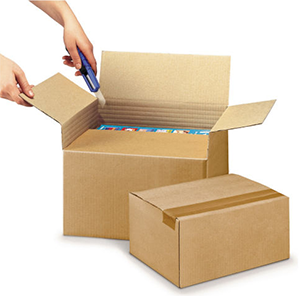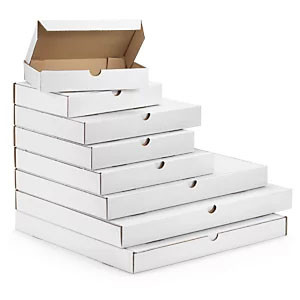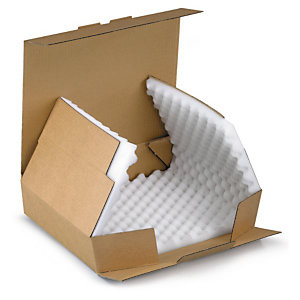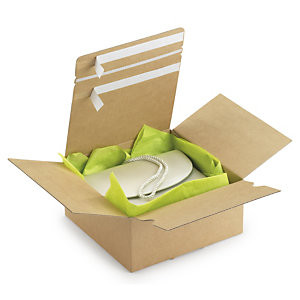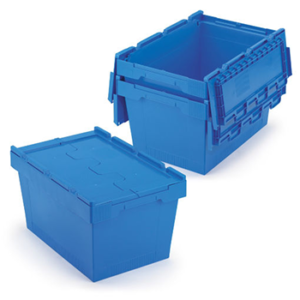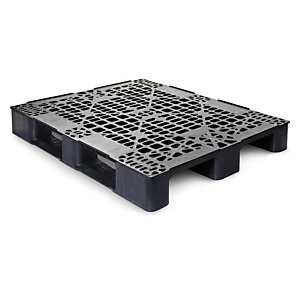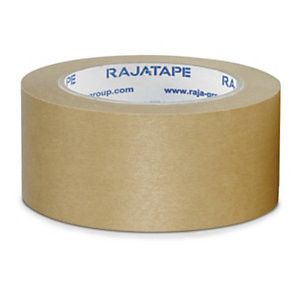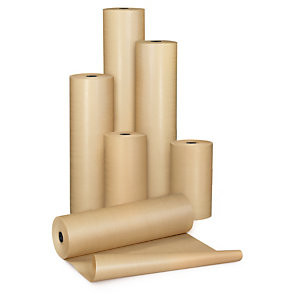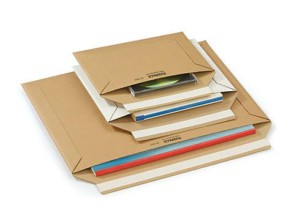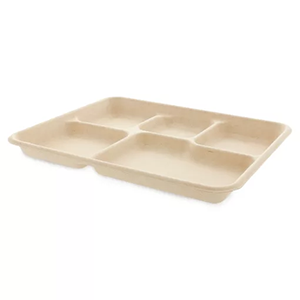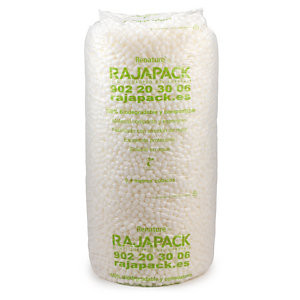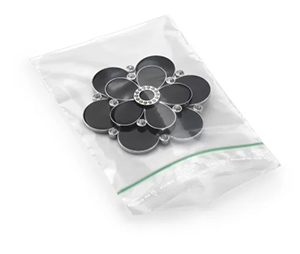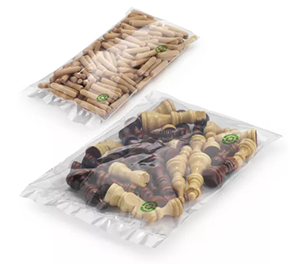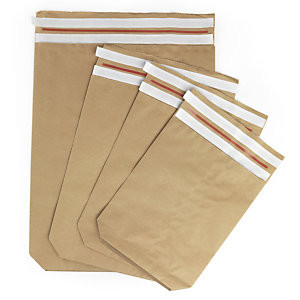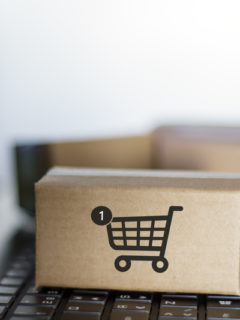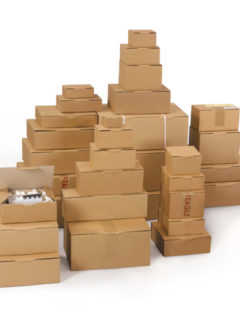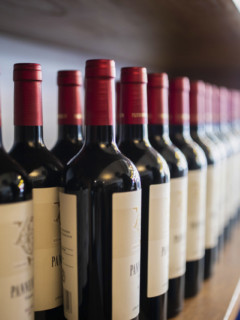Of course, the RAJA’s commitment to the environment is not a solitary battle, but rather a concern at a World level. In 2015, the United Nations (UN) approved its 2030 work agenda, structured through 17 Sustainable Development Goals (SDGs). Thus, there is a great will to improve the lives of the entire population, by fighting poverty, pollution, climate change or even inequality. In the packaging sector, RAJA has also joined this movement by investing in a circular economy and the use of Eco-Responsible materials.
What are the Sustainable Development Goals (SDGs)?
The Sustainable Development Go als (SDGs) are evolutionary goals set by the UN until 2030. According to the UN the SDGs “incorporate the global challenges we face every day, such as poverty, inequality, climate, environmental degradation, prosperity, peace and justice”.
Goal number 12: Sustainable consumption and production
Number 12 of the SDGs focuses on the importance of establishing sustainable production and consumption routines. According to the UN by 2050, with a population of 9.6 billion, it would take three planets to extract enough resources to maintain the current strandard of life. Therefore, it is 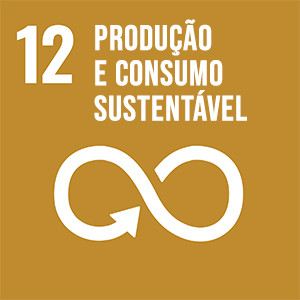 fundamental to adopt conscious consumption styles, putting an end to wastefulness and changing the economic system so that we do not cause irreparable damage to the environment.
fundamental to adopt conscious consumption styles, putting an end to wastefulness and changing the economic system so that we do not cause irreparable damage to the environment.
As a result, there are mainly two objectives that are related to RAJA’s role as a packaging supplier:
- Significantly reduce waste managementthrough prevention, reduction, recycling and reuse activities;
- Encourage companies, especially larger ones to adopt sustainable practices and evaluate the effects achieved, in their reports;
What to do in the packaging sector to promote the SDGs?
According to the point of view of distribution, there are many actions that need to be taken towards sustainable production and consumption. Green logistics and the implementation of an Eco-Responsible product transportation strategy are lines of action that go directly to the heart of the destination. Thus, RAJA continues on its own initiative with its commitment to reduce its environmental impact through concrete practices:
- Prioritise proximity purchasing to minimise supply routes and limit our CO₂ emissions:
– 86% of our products are purchased in Europe;
– 95% of our suppliers are European;
- 98% of our suppliers are committed to adopting good environmental practices;
- Innovate together with our suppliers through the development of our more environmentally friendly packaging, in particular plastics;
- Reduce the impact of our deliveries by limiting CO₂ emissions:
– For example, thanks to the investment of our logistics partners in the renovation/adaptation of their vehicles according to European regulations;
– Planning delivery routes in order to minimise the number of kilometres;
– Also select logistics partners who are committed to our carbon neutral footprint;
- Inform, communicate and limit our ecological footprint as much as possible:
– Develop our internet tools and services;
– Reduce the number of catalogues sent and the tonnes of paper used: -43% of catalogues sent since 2013;
– Use paper that is sourced from sustainably managed forests and other controlled sources (PEFC, FSC) and printing with Blue Angel certified mineral inks, by ISO 14001 certified printers.
The 5Rs of packaging, a commitment to the circular economy
Therefore, as far as packaging management is concerned, at RAJA we want to contribute to the generalisation of the circular economy through the 5Rs for packaging in a more Eco-Responsible manner.
- Reduce
- Reuse
- Repurpose
- Renew
- Recycle
Eco-Responsible Packaging for sustainable production and consumption
RAJA’s big challenge from goal number 12 is to market packaging that effectively protects products during transportation while respecting the environment. What options do we have to package in accordance with the recommendations of each of the 5Rs?
1. Packaging to reduce the cost of materials
Above all, reducing the volumetric weight of the packaging provides economic savings (less shipping costs) and materials (less cardboard, filling, etc.). For example, some products:
- Telescopic cardboard boxes with variable height;
- Extra flat boxes;
- And finally, cardboard boxes with foam filling.
2. Reusable packaging
Equally prepared to offer more than one use, reusable packaging presents itself as a great ally of the circular economy.
- Round-trip”boxes and envelopes to facilitate e-commerce returns;
- Returnable Transport Packaging (RTP) and plastic pallets.
3. Alternative packaging to replace less Eco-Responsible packaging
In addition, bio-based packaging and products made from recycled paper, cardboard, plant fibre or polyethylene are ideal to replace disposable plastics. For example:
- Eco-friendly adhesive and strapping tapes;
- Eco-Responsible Bubble Wrap;
- Kraft paper in rolls or sheets;
- Paper and cardboard envelopes for shipping.
4. Packaging made from renewable raw materials
Above all, packaging that is made from renewable components does not compromise resource reserves. In RAJA’s proposals you will find:
- Food packaging and cutlery made from corn starch;
- Biodegradable and compostable cups;
- Hand stretch film 80% recycled;
- 100% biodegradable filler chips;
- 50% recycled plastic bags;
5. Recycled and recyclable packaging
In short: recycled and recyclable packaging is the clearest exponent of the circular economy, as it comes from a previous object and, once its function has been fulfilled, it will have new lives. At RAJA, this is the case for:
- Cardboard boxes, high percentage recyclable;
- Ecological plastic bags 100% recycled;
- Kraft paper envelopes.
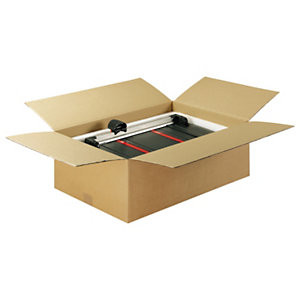
Above all, with RAJA’s Eco-Responsible packaging, you help build a more sustainable world. At the same time, collaborate with us: we hope that goal number 12 of the SDGs will become a reality by 2030. It is in our hands!











